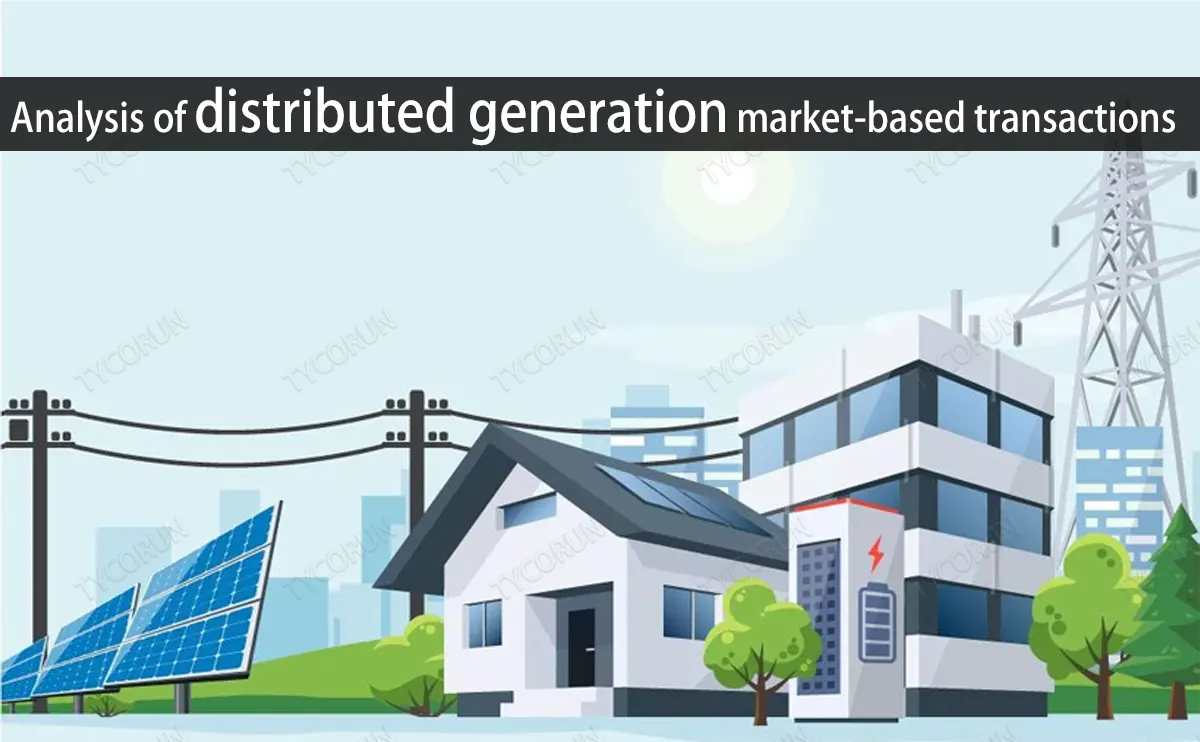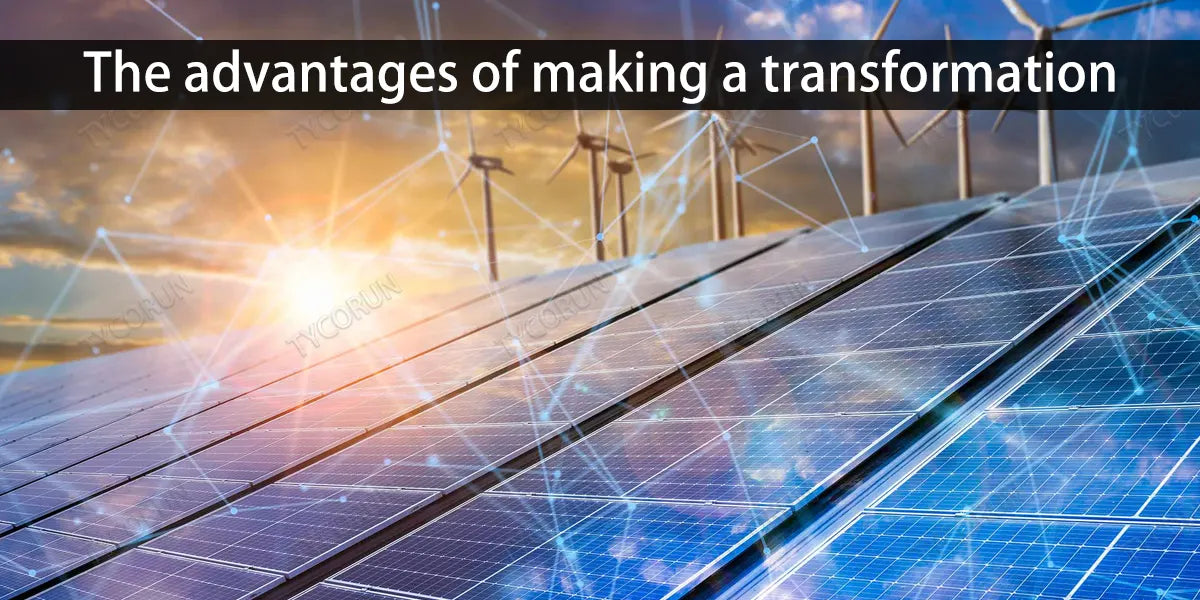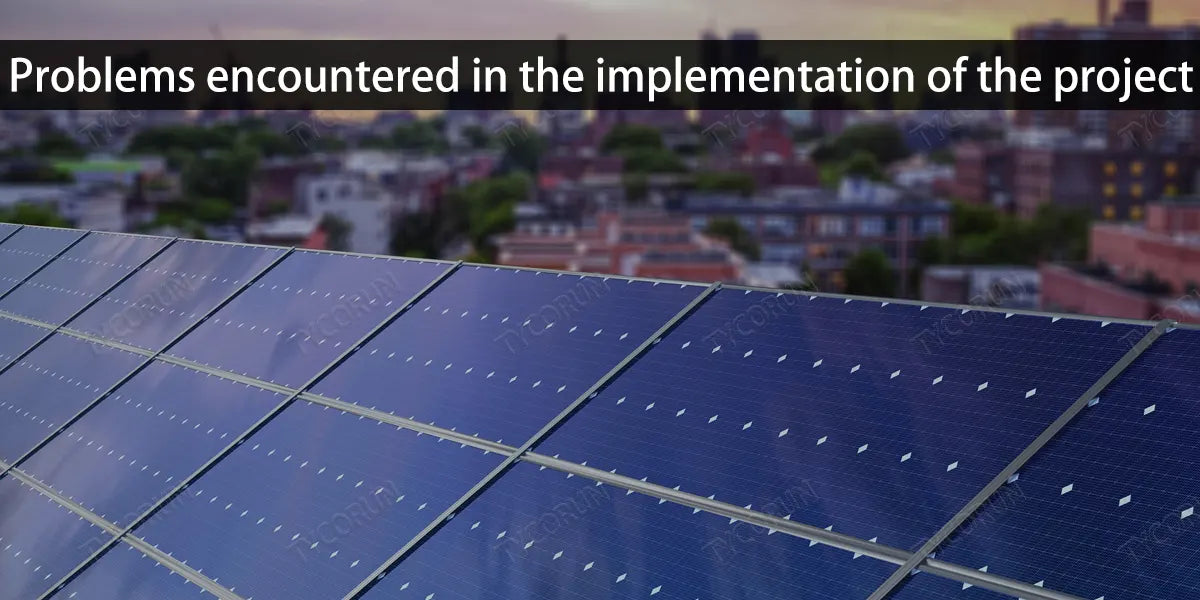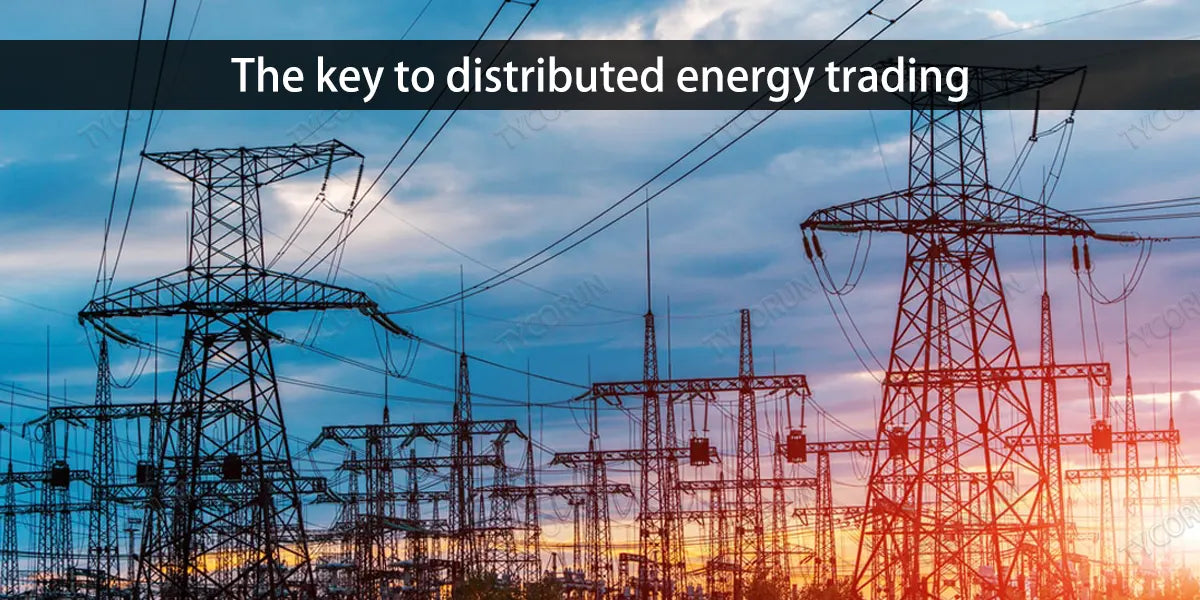
Main content:
Selling electricity through the wall is a market-based distributed generation transaction.
It refers to allowing distributed energy projects to sell electricity directly to surrounding energy consumers through the distribution network, rather than selling it to the grid at a low price and then buying it back from the grid at a high price.
1. What is the sale of electricity over the wall
Selling electricity through the wall is a market-based distributed generation transaction. Distributed generation refers to small and medium-sized power generation facilities that are connected to and operated by the distribution network and the power generation is consumed nearby.
Market-based distributed generation trading refers to electricity trading between the distributed generation project unit and the nearest power user in the distribution network.
Many people don't know about this rule and think it's allowed. In fact, in most places at present, it is not allowed to sell electricity through the wall, and one meter per household.
Even if it's just across the street, you can't sell it to someone else to make money if you install it. This means that the power generation of photovoltaic projects is no longer tied to one user, and there are more options. At the same time, solving the problem of consumption and nearby consumption is an important breakthrough to accelerate the consumption of new energy.
In the past, the installation of rooftop photovoltaic had requirements for installation enterprises in addition to scale requirements, but also consumption requirements. For example, schools, high-tech parks and other enterprises and units with large roofs.

If the sale of electricity through the wall is promoted, energy consumers will be transformed into "production and investment consumers", and at the same time, it can promote the strategic transformation of power grid enterprises to platform-based services.
2. The advantages of making a transformation
Distributed energy projects are no longer tied to one user, but have more options. With the continuous increase of new energy installations, the current structural consumption problems can be improved, which is an important breakthrough to accelerate the consumption of new energy.
It can transform energy consumers into "production and investment consumers", and at the same time promote the strategic transformation of power grid enterprises to platform-based services.
It can be seen as a form of self-use, which is expected to significantly improve the overall economics of enterprise microgrid projects. For owners with large roof areas and small power consumption, roof resources can be used more scientifically, which is conducive to improving the investment value of distributed pv system projects.
Energy storage systems: Use advanced energy storage technologies, such as high-capacity 12v 100ah lithium ion batteries, compressed air energy storage, etc., to store excess energy for emergencies and improve power utilization.
Microgrid system: Build a microgrid system to achieve more independent and controllable energy management through local energy production, storage and distribution.

Waste-to-energy utilization: Convert waste into energy, such as biomass energy and biogas, to reuse resources and reduce dependence on traditional energy.
Smart energy management system: Deploy an intelligent energy management system to optimize energy consumption, reduce energy costs, and improve energy efficiency through real-time monitoring and data analysis.
Shared energy services: Promote the shared energy service model, so that buildings or enterprises in the park can share energy resources, form an energy sharing community, and improve the overall energy efficiency.
Ecological architecture and green design: Adopt the concept of ecological building design, reduce the energy consumption of buildings and create a more environmentally friendly and sustainable building environment through green building materials, energy-saving technologies and other means.
These innovative energy and technology applications improve the energy efficiency, environmental friendliness and sustainability of a campus, building or city at different levels. These options are implemented taking into account technical feasibility, economic and social implications in order to achieve an optimal energy solution.
3. Problems encountered in the implementation of the project
To speed up the implementation of projects, the policy system still needs to be improved. It is important to note that the actual project is not progressing very smoothly.

In order to speed up the implementation of the "wall-to-wall electricity sales" project, it is still necessary to further clarify the core issues such as the distribution of interests between the two parties to the transaction and the power grid company under this model, and introduce relevant specific rules.
On the one hand, in this model, the increased costs of the grid company are caused by a combination of factors. In addition to the basic "network fee", the source of profit may also include the cost of power metering, the cost of operation and maintenance services of the trading platform, and the service fee for platform use or access, etc., to ensure that the cost can be maintained in the project and reasonable income can be obtained.
On the other hand, there is the issue of sharing the cost of transmission and distribution. The current investment in the grid (transmission and distribution) is designed according to the maximum load of the user, and although both parties to the transaction have reduced the amount of electricity purchased online, the investment in the grid has not decreased.
Therefore, in fact, it has caused a shortage of income for power grid enterprises. This also means that users who do not participate will share more of the cost of distribution and distribution. Therefore, in the long run, it is necessary to formulate corresponding rules to fairly bear the costs of balancing the power services provided by various flexible resources, and to balance the interests of all parties.
4. The key to distributed energy trading
Direct electricity consumption: The mode allows the PV system to supply electricity directly to nearby buildings or businesses without the need to transmit it through the grid and battery(12 volt 200ah lithium battery), reducing transmission losses.

Energy efficiency: Due to the direct transmission of electric energy between the photovoltaic system and the demand side, the energy loss in the process of traditional power distribution networks is reduced, and the energy efficiency is improved.
Economic benefits: For PV system owners, more attractive pricing and more stable sales revenue can be obtained by selling electricity directly to nearby buildings.
Environmentally sustainable: Helps increase the utilization of renewable energy and promotes greener, more sustainable sources of electricity for buildings and businesses.
Reduce the pressure on the grid: Reduce the load on the power distribution network by using photovoltaic power generation directly in the vicinity of buildings.
Promote distributed energy resources: Selling electricity through the wall supports the development of distributed power supply, promotes more buildings and enterprises to participate in clean energy production, and promotes energy decentralization.
Community sharing economy: It helps to form a community sharing economy model, through direct cooperation between buildings and photovoltaic systems, to achieve resource sharing and mutual benefit.
5. Conclusion
At present, the proportion of new energy installed capacity is increasing, and the problem of how to fully absorb new energy is followed. "Selling electricity through the wall" is an important breakthrough in implementing the energy revolution, promoting energy transition, and accelerating the consumption of new energy.
Related articles: home energy storage, photovoltaic power generation system, Top 5 distributed photovoltaic companies
















